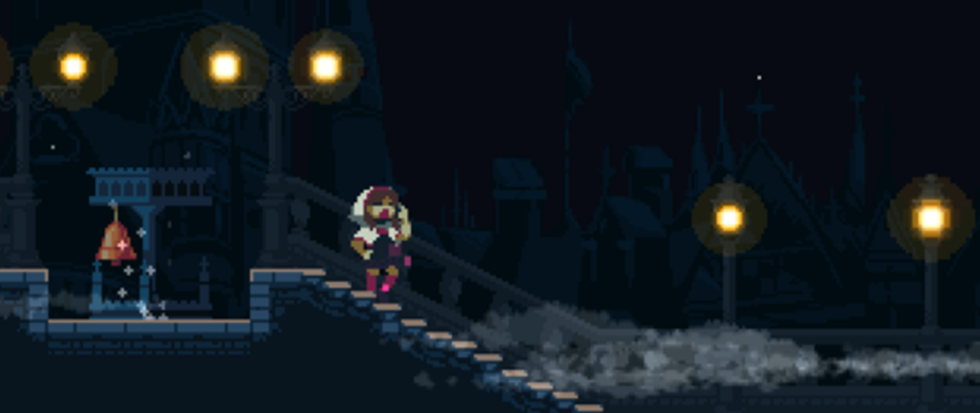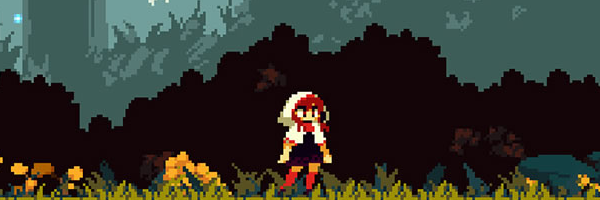
A Simmering Hum
Hans Zimmer knows when to step back. Dunkirk, Christopher Nolan’s World War II passion project is a film of extreme environmental sounds, from the lap of the foamy ocean to the screeching bombers and the jackhammer machine guns. However, unlike most of the war epics of the past few decades, the actual soundtrack of the film buttresses the emotion rather than wrenching it from you—leaving the viewer more closely aligned with the nameless soldiers, shivering from the water and the weight of war. There are no instructions for how precisely to feel, the viewer isn’t callously manipulated. We are meant to ride along with the foggy chaos, the disassembled truth of any single wartime experience.
Which isn’t to say that Zimmer threw darts at some sheet music and called it a day. Operating on a reduced scale is often more challenging but can inspire a tighter, more focused result. This is a small movie (compared to other WWII films) about a ghastly week early on in a years-long war spanning multiple entire continents, but it taps into the larger wartime experience, more poignant for its shrunken scope. Momodara: Reverie Under the Moonlight is a similarly constrained exploratory game with a singularity of purpose, in narrative presentation and the majority of its score. This and Dunkirk both wring caustic tension from soundtracks of sparsity and loneliness, utilizing music that scaffolds the experience without intruding on it.

Reverie is the fourth Momodara game, each one somewhat distinct from the others beyond a few shared themes and an adherence to pixel-based aesthetics. This is by far the darkest entry though, built around a world flooded with dread that drips from the environment through the visuals and the soundtrack, particularly as you explore the central hub of Karst City. Crossing back and forth across the map under a Bloodborne-bleak crimson moon, you leaf-slash your way through malevolent spirits, all the while the city’s sonic palette is a simmering hum. Rather than constructing a particular motif or crescendo, it steadily and almost imperceptibly erodes, chilling the mood. The game’s aural presentations not only dress the city setting with the throes of death, but propels the player to find any kind of psychic shelter from the onslaught of misery.
Other stages build on gracefully simple piano melodies for the most part, with battle music that tosses in a chiptune drumkit and a handful of other instruments to more closely match the harrowing confrontations. This game doesn’t coddle mistakes, giving you little defense and few occasional moments to squeeze out a heal, particularly when engaging the more powerful bosses. They require elegant use of the dodging and jumping, forcing the player to dance along at their speed rather than allowing her to bumble and bluster her way to the end.
There are no killer guitar solos, no Iron Maiden melodic sweeps to carry you to Valhalla in victory. Momodara IV is a game of subtle salvation, where you can’t do much for the various characters you find suffering in this blasted city except grind your way to their queen and siphon the poison from her spirit, sacrificing yourself as you were always meant to do. But it’s the thrum of Karst City that sticks with me, that lilts on that gloomy, war-torn daze. It’s a soundtrack that, like the best, knows when to faintly sway back and forth in tandem with its expressively bare narrative.





